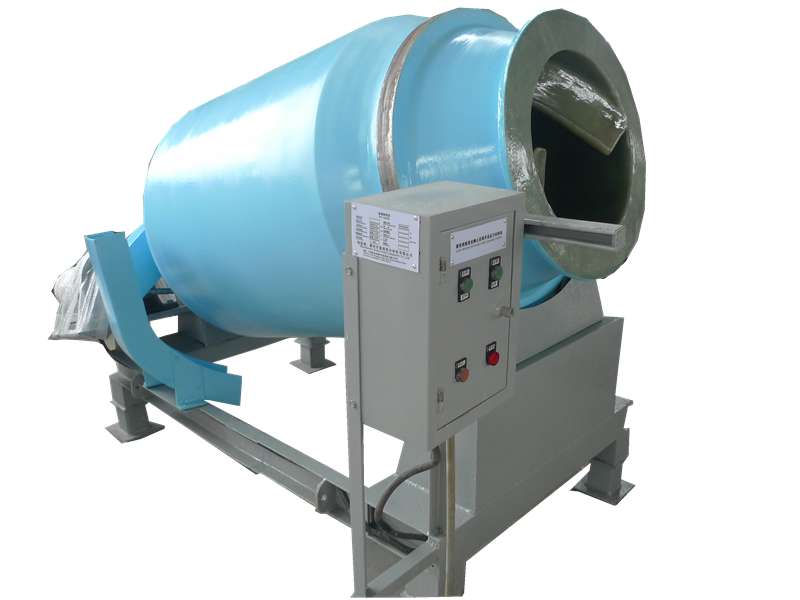
-
 Afrikaans
Afrikaans -
 Albanian
Albanian -
 Amharic
Amharic -
 Arabic
Arabic -
 Armenian
Armenian -
 Azerbaijani
Azerbaijani -
 Basque
Basque -
 Belarusian
Belarusian -
 Bengali
Bengali -
 Bosnian
Bosnian -
 Bulgarian
Bulgarian -
 Catalan
Catalan -
 Cebuano
Cebuano -
 China
China -
 China (Taiwan)
China (Taiwan) -
 Corsican
Corsican -
 Croatian
Croatian -
 Czech
Czech -
 Danish
Danish -
 Dutch
Dutch -
 English
English -
 Esperanto
Esperanto -
 Estonian
Estonian -
 Finnish
Finnish -
 French
French -
 Frisian
Frisian -
 Galician
Galician -
 Georgian
Georgian -
 German
German -
 Greek
Greek -
 Gujarati
Gujarati -
 Haitian Creole
Haitian Creole -
 hausa
hausa -
 hawaiian
hawaiian -
 Hebrew
Hebrew -
 Hindi
Hindi -
 Miao
Miao -
 Hungarian
Hungarian -
 Icelandic
Icelandic -
 igbo
igbo -
 Indonesian
Indonesian -
 irish
irish -
 Italian
Italian -
 Japanese
Japanese -
 Javanese
Javanese -
 Kannada
Kannada -
 kazakh
kazakh -
 Khmer
Khmer -
 Rwandese
Rwandese -
 Korean
Korean -
 Kurdish
Kurdish -
 Kyrgyz
Kyrgyz -
 Lao
Lao -
 Latin
Latin -
 Latvian
Latvian -
 Lithuanian
Lithuanian -
 Luxembourgish
Luxembourgish -
 Macedonian
Macedonian -
 Malgashi
Malgashi -
 Malay
Malay -
 Malayalam
Malayalam -
 Maltese
Maltese -
 Maori
Maori -
 Marathi
Marathi -
 Mongolian
Mongolian -
 Myanmar
Myanmar -
 Nepali
Nepali -
 Norwegian
Norwegian -
 Norwegian
Norwegian -
 Occitan
Occitan -
 Pashto
Pashto -
 Persian
Persian -
 Polish
Polish -
 Portuguese
Portuguese -
 Punjabi
Punjabi -
 Romanian
Romanian -
 Russian
Russian -
 Samoan
Samoan -
 Scottish Gaelic
Scottish Gaelic -
 Serbian
Serbian -
 Sesotho
Sesotho -
 Shona
Shona -
 Sindhi
Sindhi -
 Sinhala
Sinhala -
 Slovak
Slovak -
 Slovenian
Slovenian -
 Somali
Somali -
 Spanish
Spanish -
 Sundanese
Sundanese -
 Swahili
Swahili -
 Swedish
Swedish -
 Tagalog
Tagalog -
 Tajik
Tajik -
 Tamil
Tamil -
 Tatar
Tatar -
 Telugu
Telugu -
 Thai
Thai -
 Turkish
Turkish -
 Turkmen
Turkmen -
 Ukrainian
Ukrainian -
 Urdu
Urdu -
 Uighur
Uighur -
 Uzbek
Uzbek -
 Vietnamese
Vietnamese -
 Welsh
Welsh -
 Bantu
Bantu -
 Yiddish
Yiddish -
 Yoruba
Yoruba -
 Zulu
Zulu
frp chimney proves to be durable and efficient.
The Durability and Efficiency of FRP Chimneys
In modern industrial applications, the demand for materials that offer both durability and efficiency has become paramount. One such solution gaining traction is the use of Fiber-Reinforced Polymer (FRP) chimneys. These structures not only meet the rigorous environmental standards but also provide significant advantages over traditional materials. In this article, we will explore the key aspects that prove FRP chimneys to be both durable and efficient.
Understanding FRP Chimneys
FRP, or Fiber-Reinforced Polymer, is a composite material consisting of a polymer matrix reinforced with fibers, primarily glass or carbon. This combination results in a lightweight yet incredibly strong material that exhibits superior resistance to corrosion, thermal shock, and mechanical stress. Such properties make FRP an ideal choice for applications like chimneys, which are exposed to harsh environmental conditions.
Durability
One of the most notable advantages of FRP chimneys is their exceptional durability. Traditional chimneys made from concrete or metal often suffer from corrosion due to exposure to flue gases, acidic rain, and other environmental factors. In contrast, FRP chimneys are resistant to chemical attacks, preventing degradation over time. This resistance significantly extends the lifespan of the chimney, resulting in lower maintenance costs and reduced likelihood of catastrophic failures.
Moreover, FRP materials are not susceptible to rust, rot, or other forms of deterioration that commonly affect traditional chimney materials. This resilience means that facilities can rely on FRP chimneys to perform effectively for many years, even in challenging environments such as coastal areas or industrial settings with high levels of pollution.
frp chimney proves to be durable and efficient.

Efficiency
In addition to their durability, FRP chimneys are highly efficient in operation. The lightweight nature of FRP materials makes installation easier and quicker compared to heavier materials. This not only reduces labor costs but also minimizes the need for extensive support structures, which can complicate and lengthen the construction process.
Furthermore, FRP chimneys are engineered to optimize airflow, improving the efficiency of the exhaust system. Improved airflow leads to better chimney draft, which is crucial for preventing backpressure in industrial processes. As a result, facilities utilizing FRP chimneys can expect enhanced overall efficiency in their operations.
Thermal efficiency is another aspect where FRP chimneys excel. The insulating properties of FRP materials help maintain internal temperatures, reducing heat loss and contributing to greater energy efficiency. By optimizing thermal retention, facilities can achieve significant cost savings on energy bills while also lowering their carbon footprint.
Conclusion
The growing preference for FRP chimneys in various industrial applications can be attributed to their undeniable durability and efficiency. As industries continue to prioritize sustainable practices and cost-effectiveness, the adoption of advanced materials like FRP becomes increasingly vital. With their resistance to corrosion, lightweight characteristics, and enhanced operational efficiency, FRP chimneys stand as a testament to modern engineering's ability to meet the demands of contemporary industries.
In a world where environmental sustainability and operational efficiency are paramount, embracing FRP chimney technology not only aligns with best practices but also future-proofs facility operations against the relentless challenges posed by nature and time. As more industries recognize these benefits, FRP chimneys are set to become a standard in reliable and efficient exhaust systems.









